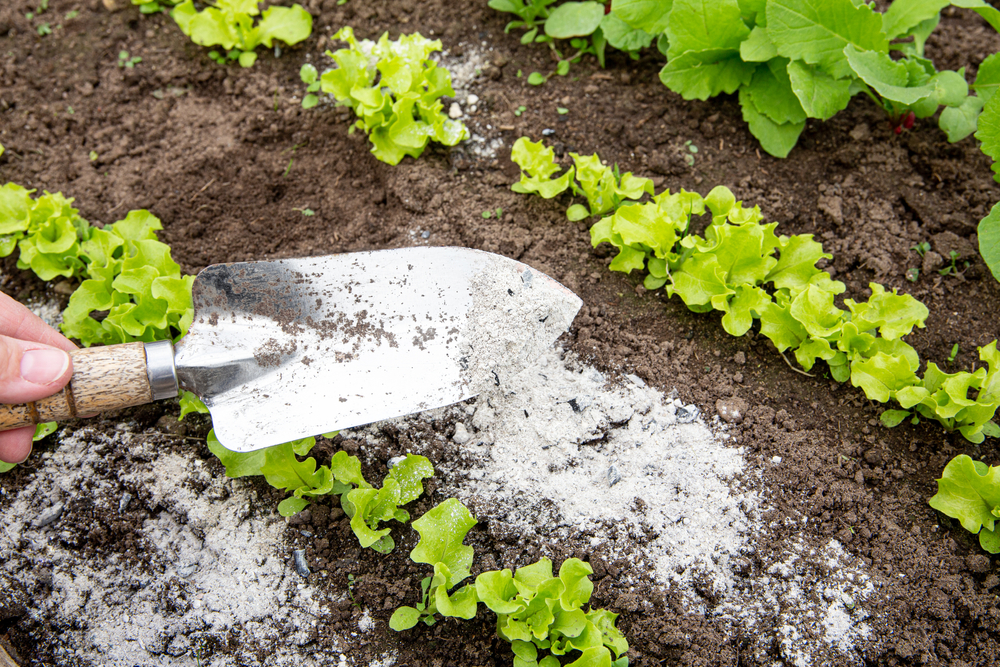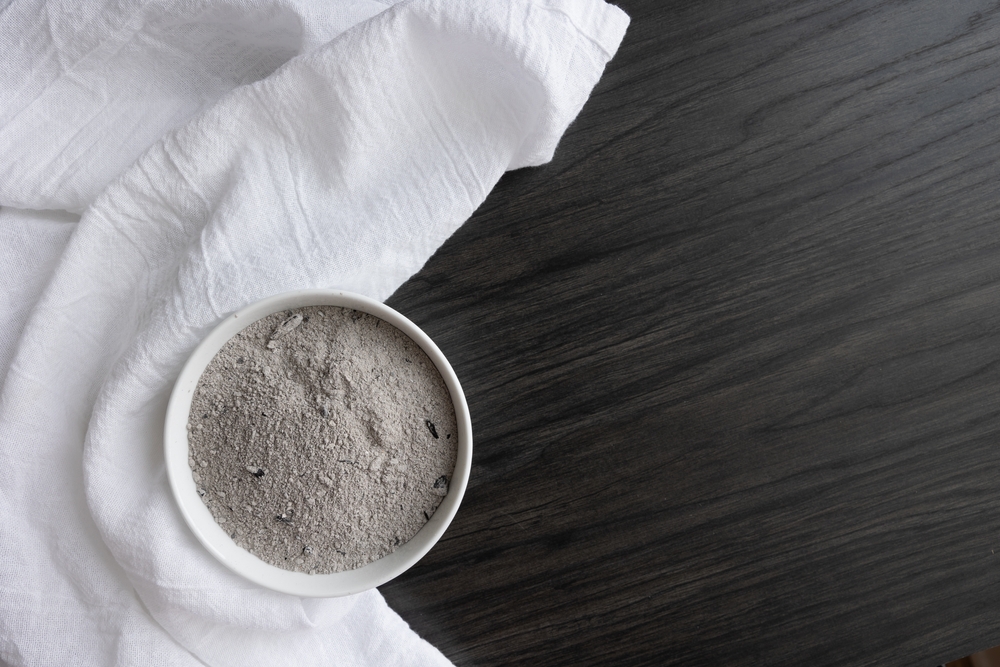You don’t know what to do with the buckets of ash coming from your fireplace, stove or pellet boiler? Don’t throw them away. Wood ashes from burning pellets or logs can be used in many ways, both in the garden and at home.
In France, more than 3 million households use wood as their main source of heating, with particular interest in pellet boilerswhose share is only increasing according to the Ecological Transition Agency (Ademe). The French therefore favor wood heatingdespite price increases and the fear of a shortage hovering over the entire sector. Because, heat yourself with pellets or logs still remains cheaper than electricity or gas. Another advantage in favor of this method of heating: the use of renewable resources, particularly for wood pellets, resulting from the recycling of plant waste. The fact remains that wood, once burned, produces ashes which it would be a shame not to take advantage of.
Why recycle wood ashes?
Wood ashes thus present a real interest with regard to their composition: the ashes of pellets or logs are thus rich in potash, calcium, silica, magnesium and phosphorus. So many useful minerals for plant growth and resistance.
In the garden and in the vegetable patch, wood ashes therefore have a real interest. Potash, for example, helps in the development of the root system, tubers and fruits. It contributes to the beautiful coloring of flowers and fruits, as well as the sweet taste of the latter. Potash also makes plants more resistant to diseases. In the vegetable garden, wood ash repels insects and gastropods, hindering their progress.
Be careful, however, to only use ash from the combustion of untreated wood.. Also, don’t use ashes if you started your fire with chemicals. Last tip: if you usually use crates to light your fire, remember to sift the ashes to remove staples and nails. Do not remove the pieces of charcoal, however, unless you are using the ash on fruit trees, but we will come back to that.
Also read – Wood pellets: reduce your pellet consumption with 4 wise tips
Using pellet ashes or wood pellets in the garden
The best time to use ashes from wood pellets and logs in the garden is more in spring, however, it is possible to benefit your plants now. In winter, however, it will be necessary to repeat the operation more often, because winter precipitation will easily get rid of the potash present in the ash. It is also advisable to spread the ashes over the mulch of your plantss, a windless day. Placing your ashes on the ground could prevent water and air from circulating properly.
1 – Ash as fertilizer
By following these few tips, wood ashes serve as a very good fertilizerwhose trace elements contribute to the richness of the soil. The lime it contains also constitutes a good amendment for the vegetable garden, as are compost and manure.
In the vegetable garden
The ash from pellets or logs is beneficial in many ways to the vegetable garden, where it allows stimulate the development of vegetables. All you need to do is place some at the base of your plants, on top of mulch. Rain or watering will benefit the roots.
In the orchard
In the orchard, ash asphyxiates winter parasites. To use it, mix it with water and brush the trunks of your fruit trees, making sure that any pieces of charcoal are well crushed. It is also possible to spread ash in small quantities at the base of your shrubs.
For the lawn
You can stimulate your lawn with ashbut only if your soil is not too calcareous, as it would then cause the trace elements to be blocked. Conversely, if your soil is too acidic, ash can be beneficial. Spreading it will improve soil drainage, while limiting the appearance of moss on the lawn.
In compost
In compost, ash promotes good composting as long as it is used in small quantities, so as not to prevent aeration of the compost. Because too much ash can, however, unbalance the bacterial activity of the soil. You can pour out a few handfuls of ashes from time to time.

2 – Wood ash to repel insects and gastropods
In addition to a role as fertilizer in the garden, ash can also used to repel insects and gastropods such as snails, slugs or even aphids. All you need to do is sprinkle ash on the leaves of your plants. An operation which must be repeated regularly when the ash becomes wet due to rain or dew.
However, remember that the use of ash in the garden must be done sparingly. It is therefore advisable to respect an intake of 100 grams of wood ash per m2, the equivalent of two large handfuls.
Some acid-loving plants do not like wood ashes, among others: rhododendrons, azaleas, camellias and Japanese maples; plants that do not tolerate a massive supply of limestone.
Recycle wood ashes for home maintenance
3 – Neutralize bad odors
Wood ash is ideal for neutralizing bad odors in the home. You can, for example, place a few handfuls at the bottom of your trash can if necessary.
4 – Make homemade laundry detergent
Did you know that it was possible to make a effective natural laundry detergent with wood ashes ? All you need to do is mix approximately one part ash to two parts boiling water. Let everything cool, then filter the mixture before use.
5 – Clean your kitchen
Wood ash is a powerful degreaserwhich can be used to clean the kitchen, for example. Count a handful of ashes for a small volume of water. Mix everything well until you obtain a gray mixture, then rub with the surfaces to be degreased. Rinse well.
6 – Clean cutlery, jewelry or silver objects
This same mixture made from wood ashes and water can also be used to degrease dishes. To simply shine silver cutlery, jewelry or objectsstart by dampening them with a soft, slightly damp cloth, then coat them with ash, rub them gently with the cloth, before rinsing them with cold water.
7 – Defrost terraces, sidewalks and paths
Finally, wood ash from pellets and logs can be used to combat icy soils in winter. All you have to do is spread ashes on the patches of ice or snow.

Article updated
consoGlobe also recommends…
Source: www.consoglobe.com


